Metal Injection Molding: Everything You Need To Know
Description
Metal injection moulding is a process that combines selected attributes from metal fabrication and plastic injection practices. Fine metal powders are blended with a binder to form a feedstock, which is then injected into a mould. The process follows steps comparable to those employed in plastic injection. After shaping, the component undergoes debinding and sintering to remove the binder and fuse the metal particles. The result is a dense and mechanically stable component.
This process has benefited numerous industries. It permits the manufacture of components with complex geometries and high repeatability. It is a cost-efficient method for producing small parts in large volumes. Each component produced from the same mould meets defined specifications, thereby achieving a smooth surface finish and precise dimensions.
Understanding Metal Injection Moulding
Metal injection moulding is not a new concept. It has been utilised for several decades. The process was developed to overcome the limitations encountered in traditional metal casting and machining. Early research originated from the need to produce components for the defence and automotive sectors. In simple terms, metal injection moulding addresses the requirement for precision combined with high-volume production.
The process proceeds in several stages. Initially, a feedstock is prepared by mixing fine metal powders with a binder. The mixture is subsequently injected into a precision mould. The shaped component then undergoes a debinding step, during which the majority of the binder is removed. The final step is sintering, during which heat is applied to join the metal particles. The thermal treatment imparts mechanical strength and durability to the component.
Over the years, research has refined the process. Experts now apply it to a range of sizes and geometries. The method benefits from advancements in materials science and machinery, thereby enabling improved production outcomes.
Why is Metal Injection Moulding Widely Adopted?
Metal injection moulding is employed for several reasons. Firstly, it permits the production of components with complex geometries that are difficult to manufacture using conventional methods. Secondly, it provides high repeatability and precision. Organisations requiring numerous similar components benefit from this consistency.
Another factor is cost. The process reduces material waste by producing parts with near-net shape; consequently, additional machining is frequently unnecessary. This efficiency contributes to a reduction in overall production costs.
Various industries utilise metal injection moulding. In the automotive sector, small, high-performance components are produced. In medicine, the process is employed for surgical precision instruments. The electronics industry also uses the method to manufacture critical components. This process has repeatedly demonstrated its suitability for high-volume production.
Materials Suitable for Metal Injection Moulding
Many metals can be processed effectively using injection moulding techniques. Stainless Steel is the most frequently utilised material. It exhibits durability and resistance to corrosion. Components manufactured from stainless steel are widely used in the automotive industry and medical technology.
Other metals are also applicable. Titanium is often selected for its strength and low density. It withstands high loads and harsh environments. Copper and its alloys display favourable electrical and thermal properties, thereby finding use in the electronics sector. Additionally, nickel and cobalt alloys are employed. They provide high strength and wear resistance, which is advantageous in aerospace applications.
Although many metals can be used in metal injection moulding, the material choice generally depends on the application. In some cases, an organisation selects a material based on cost efficiency. In others, strength or conductivity is the determining factor. Numerous companies conduct experiments to ascertain which material provides the optimum combination of properties.
Primary Applications of Metal Injection Moulding
Metal injection moulding is deployed in several applications. In the automotive industry, for instance, it is used to produce small precision components such as gears and filters. These components benefit from the tight tolerances achieved by the process.
In medical technology, the process is utilised for manufacturing surgical instruments and implantable components. Components made from biocompatible metals meet stringent quality standards. In the electronics sector, metal injection moulding is implemented to produce switches, connectors and housings for electronic devices.
An additional application exists in the aerospace industry. The process is used to produce components that must withstand high loads and temperature fluctuations. Components created by metal injection moulding often exhibit complex geometries that are difficult to achieve with conventional manufacturing techniques. The method is also beneficial when weight is a critical factor, thereby permitting the design of components that are both lightweight and structurally sound.
Manufacturers opt for metal injection moulding when components require intricate designs and fine detail. The process enables the production of components that would be nearly impossible to fabricate through conventional machining.
Conclusion
Metal injection moulding is a mature and established process in manufacturing. It combines precision, efficiency and a broad range of applicable materials. Numerous industries rely on this process to produce components that consistently meet specifications. Given advances in technology and materials, its utilisation is expected to increase further. At present, the process represents a dependable option for the production of small, high-performance and cost-efficient components.
Frequently Asked Questions
Q: What is metal injection moulding?
A: Metal injection moulding is a process in which components are produced by injecting a mixture of metal and binder into a mould.
Q: How are the components strengthened?
A: The shaped components are subjected to a sintering process, during which heat is applied to bond the metal particles and enhance strength.
Q: In which industries is this process used?
A: The automotive, medical, aerospace and electronics industries employ metal injection moulding.

 Bars
Bars
 Beads & Spheres
Beads & Spheres
 Bolts & Nuts
Bolts & Nuts
 Crucibles
Crucibles
 Discs
Discs
 Fibers & Fabrics
Fibers & Fabrics
 Films
Films
 Flake
Flake
 Foams
Foams
 Foil
Foil
 Granules
Granules
 Honeycombs
Honeycombs
 Ink
Ink
 Laminate
Laminate
 Lumps
Lumps
 Meshes
Meshes
 Metallised Film
Metallised Film
 Plate
Plate
 Powders
Powders
 Rod
Rod
 Sheets
Sheets
 Single Crystals
Single Crystals
 Sputtering Target
Sputtering Target
 Tubes
Tubes
 Washer
Washer
 Wires
Wires
 Converters & Calculators
Converters & Calculators
 Write for Us
Write for Us
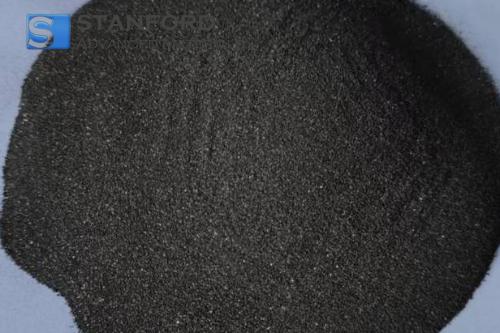
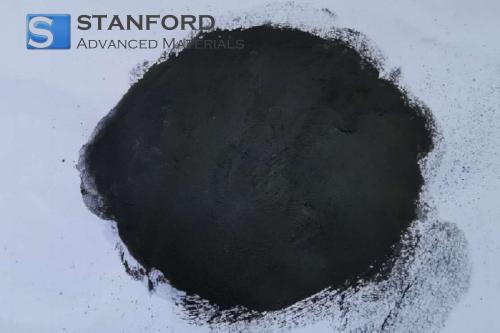
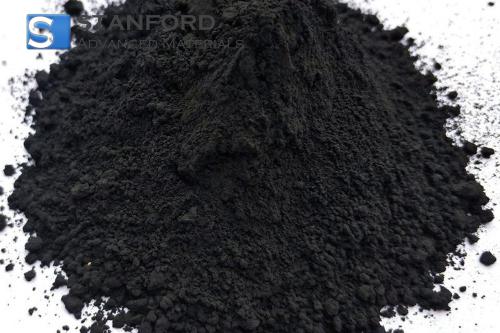
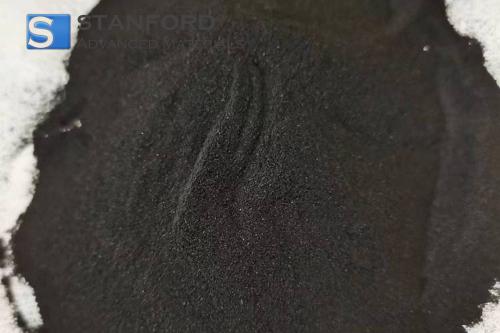
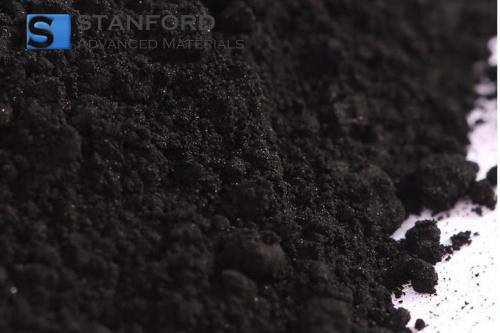
 Chin Trento
Chin Trento



